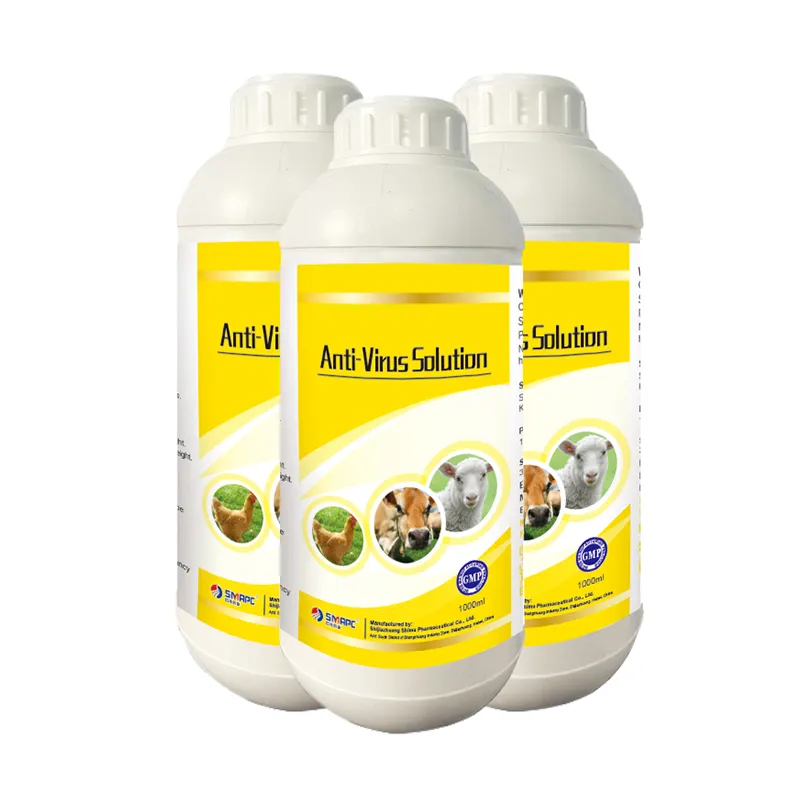Aug . 14, 2024 10:46 Back to list
Effective Equine Wound Care Solutions for Managing Horse Injuries and Promoting Fast Healing
The Importance of Horse Wound Medicine
Horses, revered for their strength and beauty, are also prone to injuries, making the importance of proper equine wound care paramount. Horse wound medicine encompasses a range of practices and products designed to promote healing and prevent complications in equine injuries. Understanding the types of wounds, the appropriate treatment protocols, and the significance of preventative care can profoundly impact a horse's health and performance.
Types of Wounds
Equine wounds can be classified into several categories, including abrasions, lacerations, punctures, and surgical wounds. Abrasions are superficial injuries that occur when a horse scrapes against a rough surface, while lacerations are deeper cuts that can involve muscle or tendons. Puncture wounds often occur from sharp objects like nails or thorns, and they can be particularly dangerous because they may injure internal structures without being immediately visible. Surgical wounds, derived from veterinary procedures, require specialized aftercare to ensure they heal properly.
Initial Assessment and First Aid
When a horse sustains an injury, the first step is a thorough assessment of the wound to determine its severity. Signs of infection, such as heat, swelling, increased sensitivity, or discharge, indicate the need for prompt veterinary care. Initial first aid is critical and includes cleaning the wound gently with saline or clean water to remove debris, controlling bleeding with pressure, and applying a sterile dressing to protect the area.
In some instances, owners may need to bandage the wound to keep it clean and protect it from further injury. However, it is essential to monitor the bandaging for signs of excessive swelling or reduced circulation, as improper bandaging can lead to further complications.
Treatment Protocols
horse wound medicine

After initial first aid, the treatment plan can vary based on the type and severity of the wound. For minor abrasions, topical antiseptics and ointments may suffice, promoting healing while preventing infection. In contrast, significant lacerations or puncture wounds often require veterinary intervention, which may involve stitching, draining abscesses, or administering antibiotics to combat infection.
Pain management is also a crucial aspect of wound care. Non-steroidal anti-inflammatory drugs (NSAIDs) may alleviate discomfort and reduce inflammation, aiding the recovery process. Regular monitoring and follow-up care are necessary to ensure proper healing, as wounds can change unexpectedly and require adjustments in treatment.
Prevention and Education
Preventative care is fundamental in reducing the risk of injuries. Proper training, safe handling, and maintaining a hazard-free environment can considerably decrease the chances of accidents occurring. Regular hoof care and grooming help identify potential issues before they escalate into serious injuries.
Education is equally essential. Horse owners should familiarize themselves with basic first aid protocols and learn to recognize signs of injury or infection. Investing time in understanding equine anatomy and wound care will empower owners to act decisively when injuries occur.
Conclusion
Horse wound medicine is a vital component of equine health management. With proper knowledge and resources, horse owners can effectively care for injuries, promoting swift healing and minimizing complications. As beloved companions and athletes, horses deserve the best care possible, and understanding the intricacies of wound management is an essential part of that commitment. Whether through immediate first aid or long-term preventative measures, ensuring the health and well-being of these magnificent animals reflects the dedication and love of their caretakers.
-
Vital Solutions for Healthy and Productive SwineNewsJul.08,2025
-
Veterinary Powder Is VitalNewsJul.08,2025
-
Understanding Prescription Drugs for AnimalsNewsJul.08,2025
-
Understanding Poultry MedicineNewsJul.08,2025
-
The First Line of Defense in Animal HealthNewsJul.08,2025
-
Role of Veterinary Drug in Modern Animal HealthcareNewsJul.08,2025
Products categories







